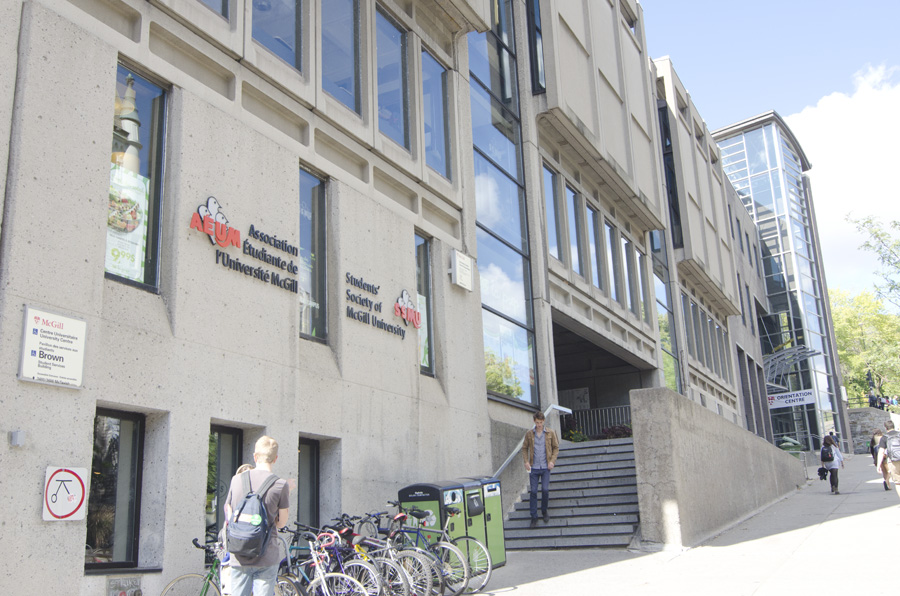The Students’ Society of McGill University (SSMU) and the McGill administration continue to discuss the new lease for the SSMU Building, and are currently negotiating an agreement in which they will share the building’s utility costs.
SSMU has been operating in the SSMU Building without a legal agreement since May 31, 2011, when the previous lease expired. Originally, the administration wanted to renew SSMU’s lease when both parties signed the new Memorandum of Agreement (MoA) in Nov. 2011. However, due to new conditions within the MoA regarding the payment of the building’s utilities, SSMU Council voted not to sign the lease at that time.
Morton Mendelson, deputy provost (student life and learning), explained that the administration is no longer able to cover 100 per cent of the Shatner Building’s utility costs.
“The utility charges for the building are hundreds of thousands of dollars—an amount that the university can no longer afford to subsidize,” Mendelson said. “SSMU executives understood this and have been willing to take on their share of the costs with the understanding that this will help promote energy conservation.”
The percentage of the costs SSMU and the administration will pay has not yet been determined, but Vice-President University Affairs Haley Dinel said there will likely be an increase in student fees to help fund the utility costs. Dinel explained that any changes to SSMU student fees would have to be approved by a student referendum.
SSMU may also need to increase student fees because of the need to rennovate the heating, ventilation, and air conditioning (HVAC) system in the Shatner Building. This issue was previously a necessity during the lease negotiations, but the parties invovled have since decided to discuss the HVAC system separately from the lease.
Dinel, however, says the new HVAC system may help decrease student fees in the long term, since the new system will be more energy-efficient than the current one, built in the 1960s.
“We don’t know how much the new HVAC is going to cost,” Dinel said. “If we actually get a new HVAC system, it [could] potentially decrease the amount of energy consumption and the cost. That’s the hope, anyway.”









